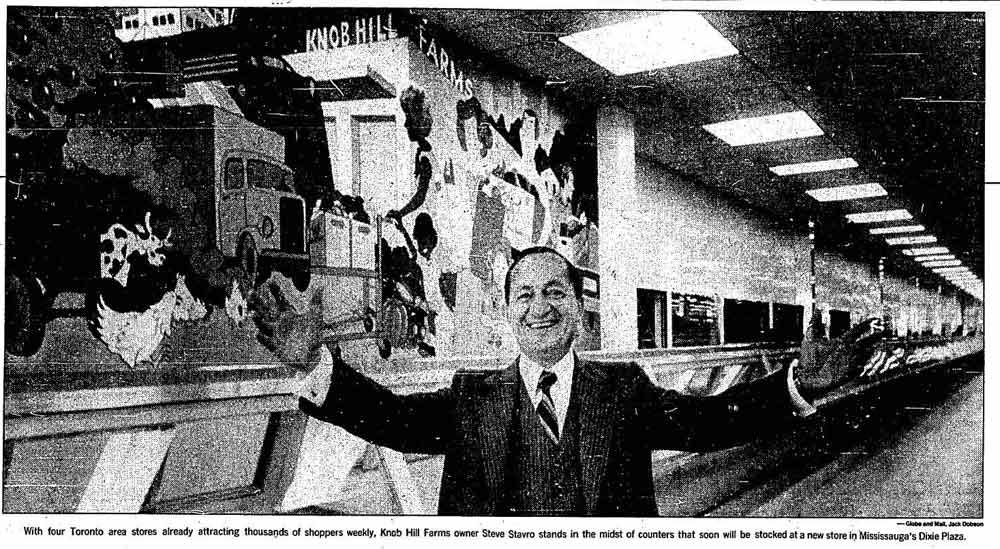This installment of my "Ghost City" column for The Grid was originally published on September 25, 2012.
 |
| 260 Church Street, May 7, 1913. City of Toronto Archives, Series 372, Subseries 1, Item 35. Click on image for larger version. |
At street level, the Pizza Pizza at the southwest corner of Church and Dundas deviates little from other branches of the chain. Apart from reproductions of vintage French advertisements on the wall and lights dangling like teardrops from the ceiling, 260 Church Street bears the same orange colour scheme and the same special-touting window ads as other locations. But a glance at the upper two levels of its exterior reveals that past orders inside included bank deposits with a side of dipping into savings.
 |
| Toronto Star, May 7, 1913. |
The current structure was built on the eve of World War I for the
Sterling Bank of Canada, at what was then the corner of Church Street and Wilton Avenue. It replaced a building previously occupied by residences and a drug store. Founded in 1905, the bank’s initial group of directors included former Ontario treasurer
Samuel Casey Wood and department store heir
John Craig Eaton. On the day the City took photos of the construction site in May 1913, an ad for the bank in the
Star advised its customers to save their money because “the ability to read and write is not more important than the ability to save a portion of the income regularly. This applies equally to you and your children.” Cynics might call this an early victory for penny-pinching over informed intelligence in Toronto.
Anyone who banked at 260 Church during its long run as a branch must have needed a flow chart to track the mergers that affected the site. The Sterling Bank vanished into the Standard Bank of Canada in January 1925, a move directors made to reduce overhead and, according to the
Star, “place them in a better position to meet the needs of the banking public throughout the Dominion.” Three years later, the Standard Bank merged into the Canadian Bank of Commerce. In 1961, “Imperial” was added to the branch’s name after a union with the Imperial Bank of Canada. The last change was CIBC’s departure from the site circa 1971.
 |
| Picture of Pizza Pizza at 260 Church which originally accompanied the article. |
Not much appears to have happened at the site through the rest of the 1970s. Apart from a couple of likely residential tenants who occupied the premises for a short time after CIBC departed, its existence wasn’t acknowledged in the City’s directory. Anyone unfamiliar with the site that flipped through the street listings before the arrival of Pizza Pizza around 1983 might have assumed that the neighbouring parking lot had expanded. While this Pizza Pizza lacked the glittering sign that adorned the nearby Yonge and Elm location, it has provided neighbours and Ryerson students with plenty of cheap eats, usually without hidden fees.
Additional material from the May 7, 1913 and October 2, 1924 editions of the Toronto Star.







Comments